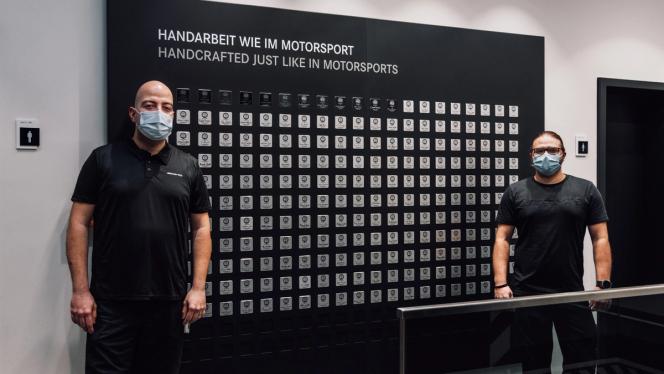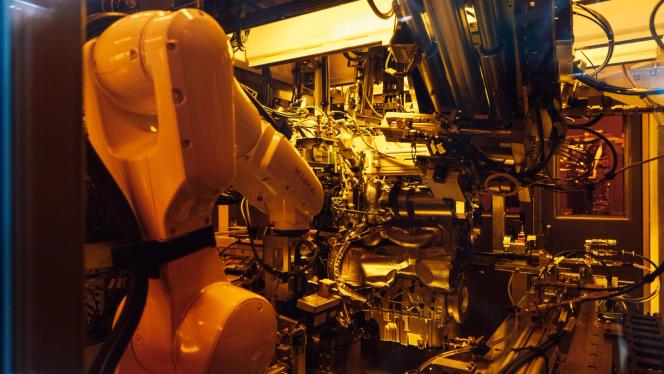AMG Performance Partnerships
Models with an AMG heart
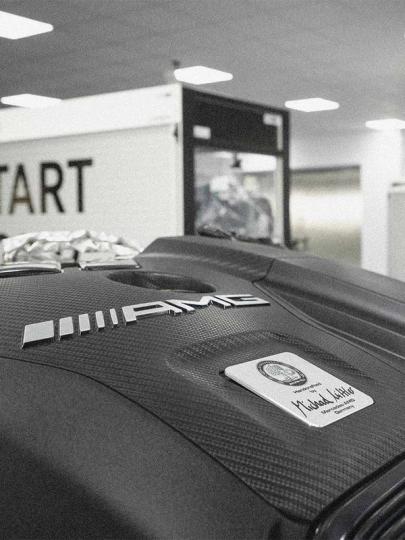
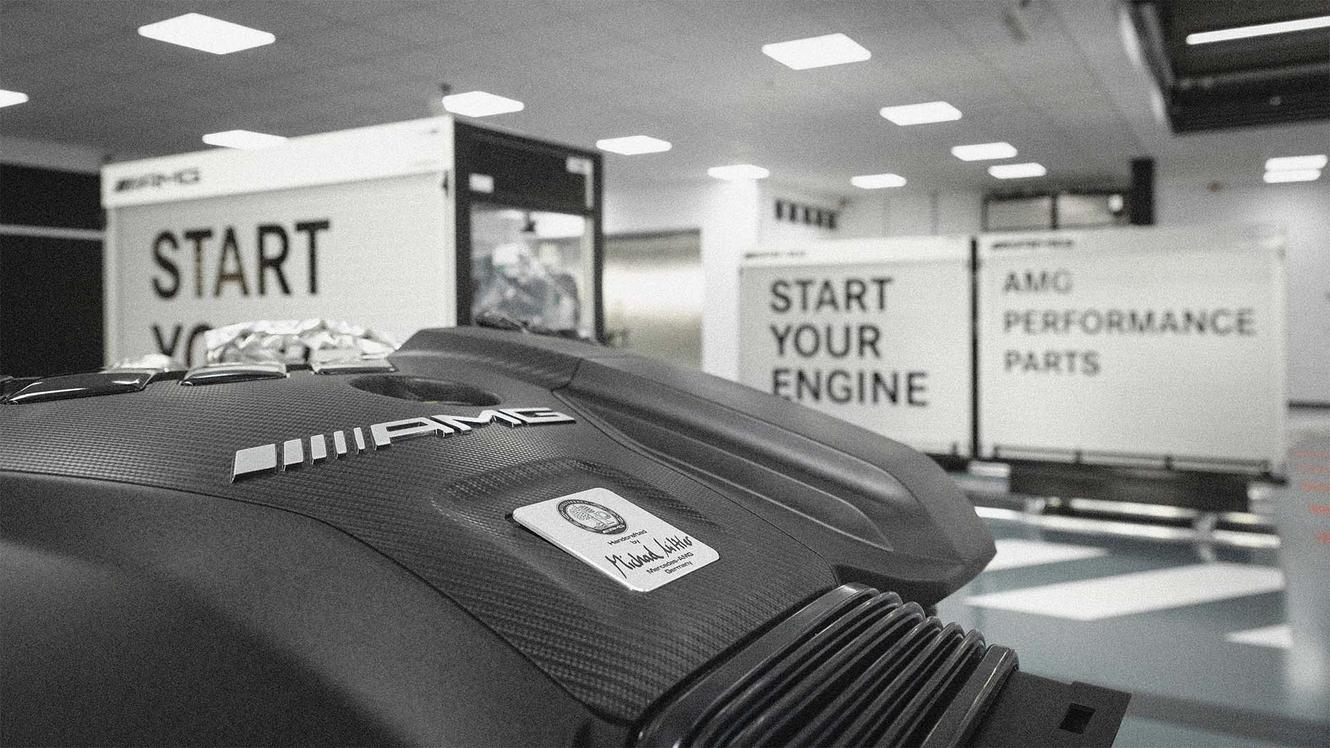
The heart of every Mercedes-AMG is its fascinating engine. It stands for power and sound, for performance and fascination. The incomparable character of Affalterbach-built powertrains is known – and loved – all over the world. So much so that many manufacturers yearn to install them in their own vehicles. In fact, some do have the heart of a Mercedes-AMG. Our overview explores the results of these collaborations.
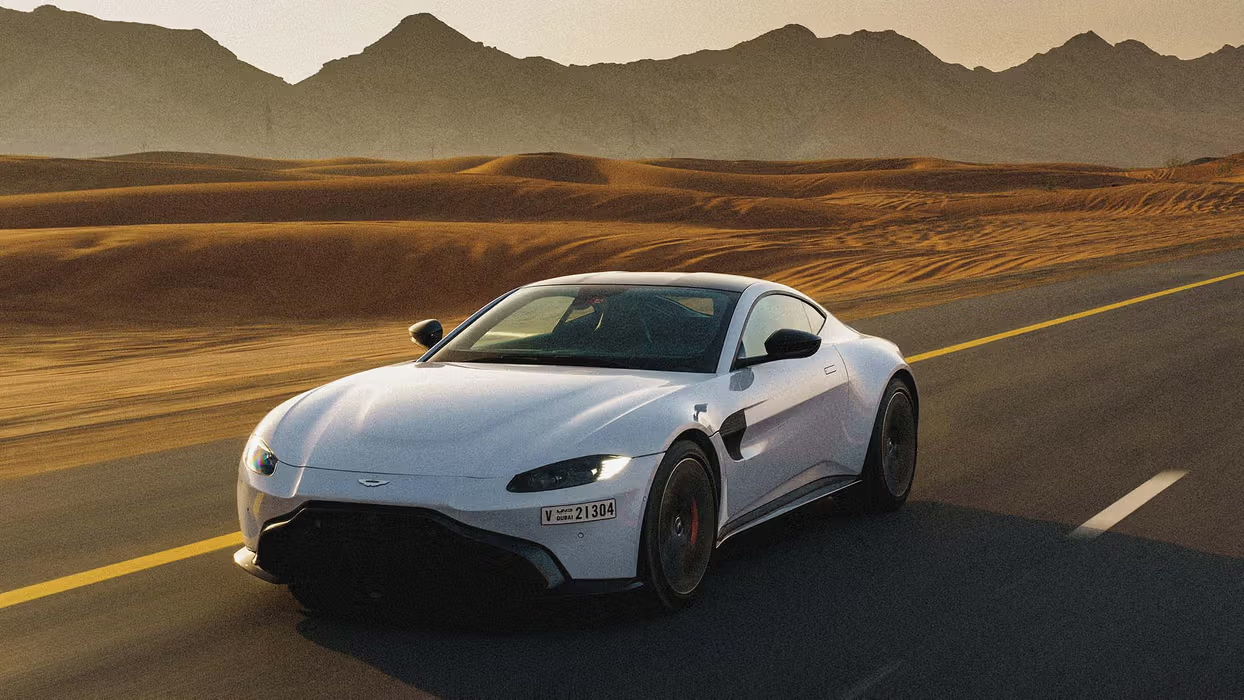
Aston Martin: AMG V8 in Vantage, DB11 and DBX
The British luxury company Aston Martin has relied on technology from Affalterbach since 2017: the Vantage and DB11 coupés and roadsters as well as the DBX SUV are powered by eight-cylinder engines from Mercedes-AMG. The 4.0-liter units come from the M177 engine family, featured primarily in models such as the Mercedes-AMG E 63 S 4MATIC+ and the Mercedes-AMG G 63. In the Aston Martin chassis, the powertrains produce 510 to 550 hp and reach top speeds of up to 314 km/h. As always, the AMG maxim, "one man, one engine" applies – each is hand-built by one person. And that's not the only thing that connects the AMG and Aston Martin brands. Former AMG CEO Chairman Tobias Moers has led the British manufacturer since May 2020. Furthermore, in the fall of the same year, Mercedes-Benz increased its stake in Aston Martin from five to 20 percent.
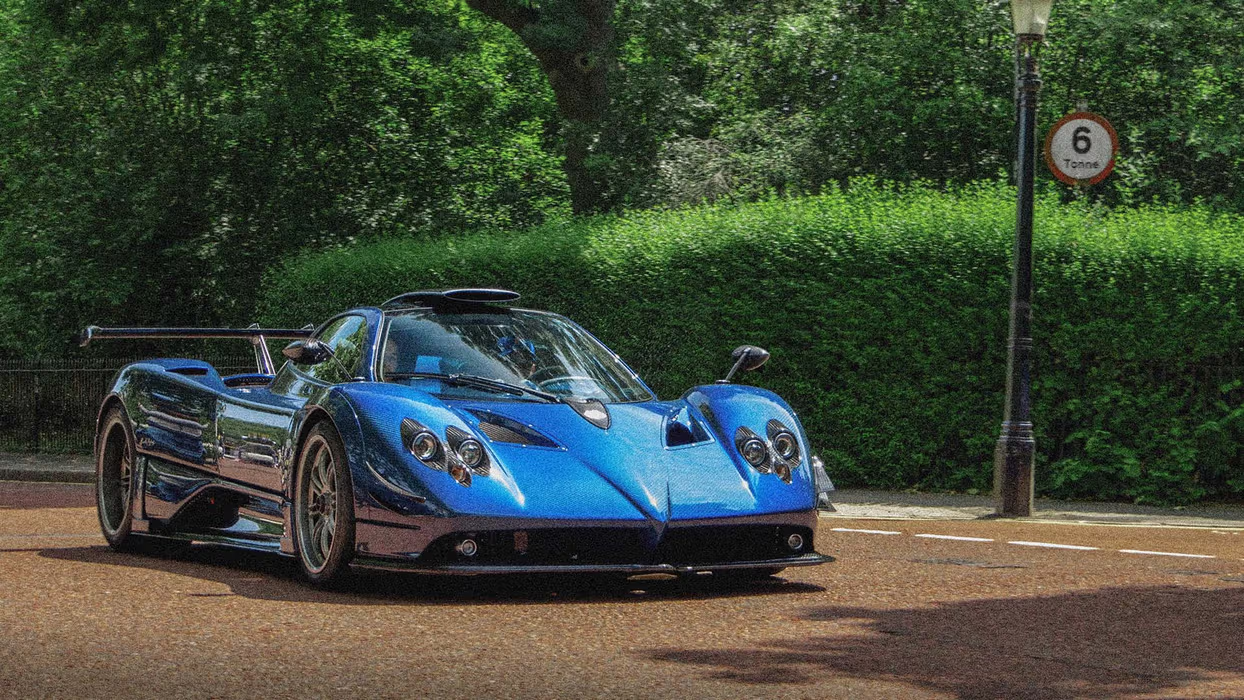
Pagani: 12-cylinder von AMG in Zonda und Huayra
AMG has been supplying 12-cylinder engines to the supercar manufacturer Pagani since 1999. It all started with the M120, the 6.0-liter, 394-horsepower naturally aspirated unit from the 140 and 129 series. In the years that followed, AMG developed variations based on this version but with more torque and greater volume for more power. With up to 7.3 liters of displacement and a maximum of 8,000 revs, the engines – now called M297 – generate 550 to 800 hp. In some cases, top speeds exceed 350 km/h. The successor model, Huayra, uses a variant of the newer V12 engine generation from the M275 family, best known from the SL 65 AMG Black Series. Special modifications increase its output to between 730 and 850 hp. Reason enough for a class of its own: The engines of the Pagani Huayra bear the designation M158.
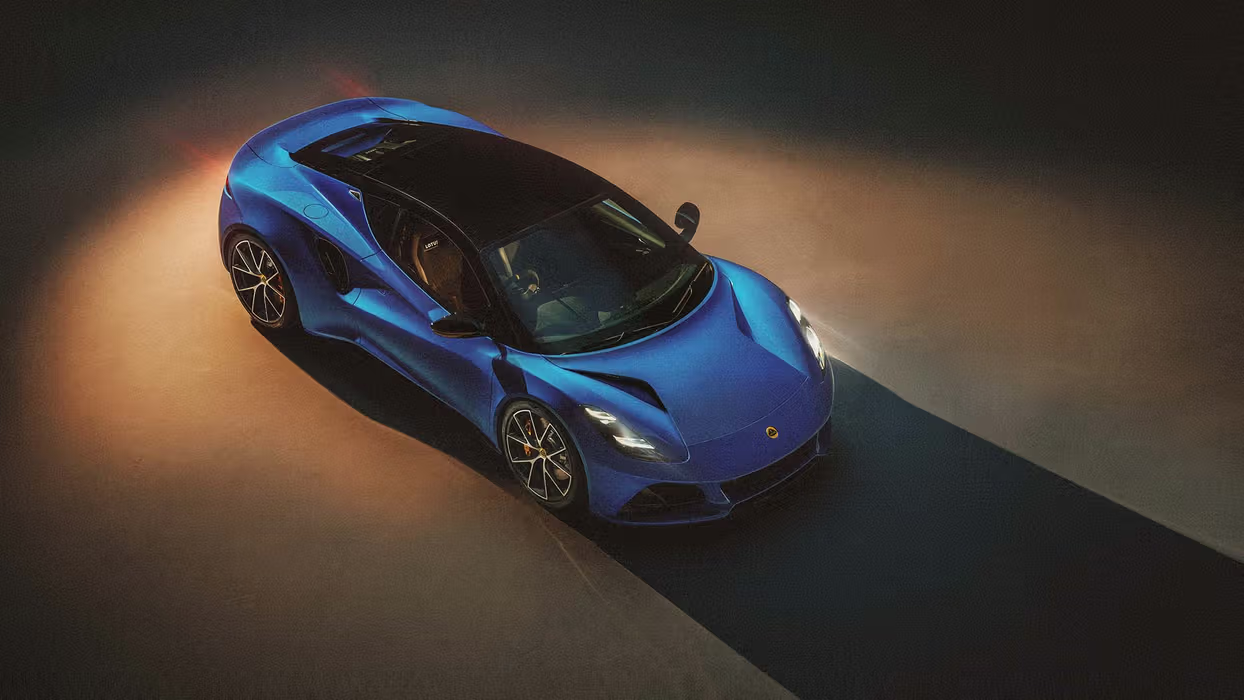
Lotus Emira (2022): AMG performance for Lotus' last classic powertrain
The Lotus brand stands for lightweight construction, agile handling, and pure driving pleasure. For the very last time, the British manufacturer wants to combine these capabilities with a classic combustion engine. The Emira, the successor to the Elise, Exige and Evora models, will debut in the summer of 2022. From then on, Lotus will produce only electric cars. The Emira boasts the pinnacle of classic mobility with a mid-engine 2.0-liter turbo developed by AMG in Affalterbach – namely, the M139, which is familiar from the compact AMG models. Its final performance data in the new Lotus are still under wraps but we can already talk about speed: With the AMG four-cylinder, the Emira accelerates to 100 km/h in less than 4.5 seconds and reaches a maximum speed of 290 km/h.
Isdera Imperator 108i (1984): Low volume (30 units) with an AMG eight-cylinder
When engineers dream, the result is something like the Isdera Imperator 108i. In the 1970s, Porsche developer Eberhard Schulz designed a car in his spare time that he saw as the successor to the Mercedes-Benz 300 SL Gullwing. His project initially grew into the CW 311 concept car, built with the support of Rainer Buchmann's company, bb Auto Exclusive, and garnished with a Mercedes star on the front. After a falling out with Buchmann, Schulz founded Isdera and launched a car himself in a small batch – very small. Between 1984 and 2001, a total of 30 cars were created under the name Isdera Imperator 108i. AMG provided the driving force: an eight-cylinder engine (M 100) with 375 hp. The most powerful version of the production car carries a V8 from the M 119 engine series with 410 hp behind the front seats. Its was originally used in the Mercedes-Benz SL 60 AMG (1993-1998).
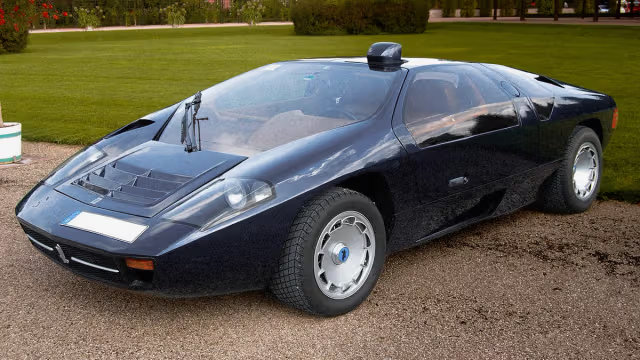
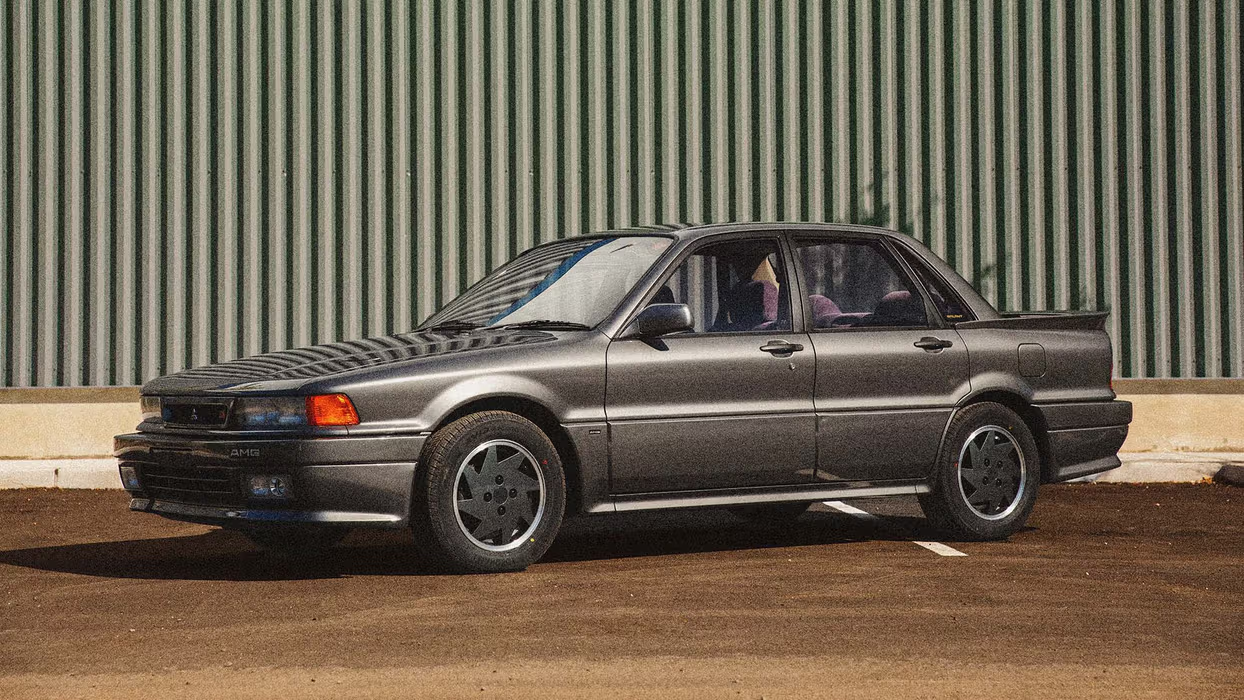
Mitsubishi: Galant AMG as a limited special series for Japan (1989)
The sixth generation of Mitsubishi's mid-size Galant sedan brought a number of innovations from Japan to Europe. Among other things, Mitsubishi equipped it with rear-axle steering and an electronically controlled chassis. The manufacturer reserved one particular highlight for the domestic market: 500 units of the Galant with an AMG makeover. This included visual details such as special rims, sill trim, a rear spoiler, modifications to the chassis, and, of course, a unique engine. AMG modified the 2.0-liter naturally aspirated engine with optimized camshafts, valve springs, rocker arms, pistons, and a fan-shaped manifold. The result: 170 hp instead of the standard 144. A few specimens even made it to Germany, though only real experts would spot them at first glance. The AMG-engineered Galant's uniqueness is as subtle as it is special.
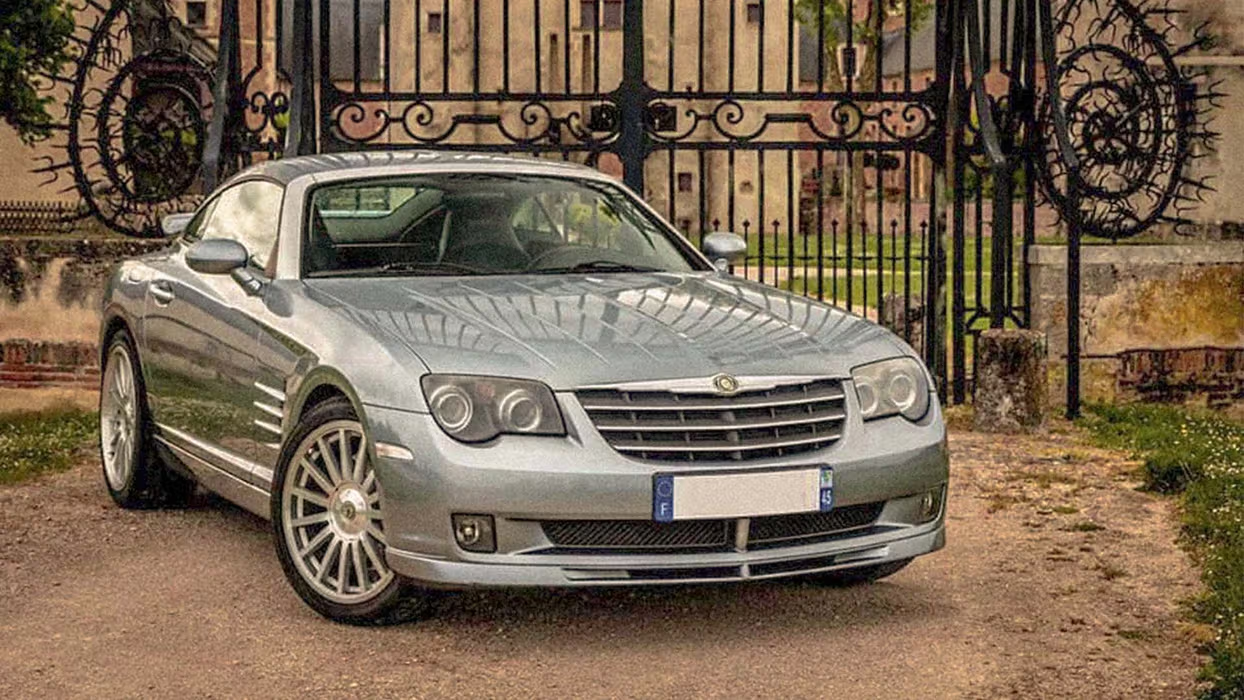
Chrysler Crossfire SRT-6 (2003): Two-seater collaboration
In 1998, Daimler-Benz AG and Chrysler Corporation merged to form DaimlerChrysler AG. This merger promoted technological exchange between Europe and the USA. One outcome of these synergies is the Chrysler Crossfire, a two-seater based on the Mercedes SLK (R 170 series. Its most powerful variant is called the Crossfire SRT-6 (SRT stands for Street and Racing Technology), in keeping with Chrysler's nomenclature. Behind its power lies a 3.2-liter supercharged engine from the SLK 32 AMG. For use in the Chrysler, the V6 engine, known as the M 112, was carefully adapted to its new purpose, producing 335 hp with a top speed of 255 km/h. This means it can drive faster than its stock counterpart (the SLK 32 AMG was limited to 250 km/h).
